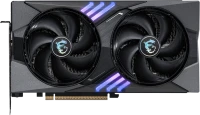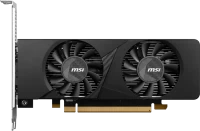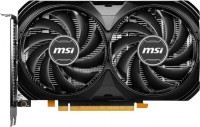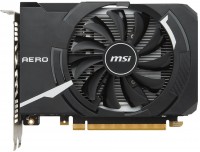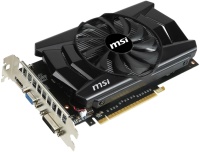Graphics Cards MSI series Low Profile
prices on 2 modelsMSI Low Profile Series
In the assortment of almost every major manufacturer there is a specialized line of not too powerful low-profile models with passive or semi-passive cooling and without the need to connect additional power. Only entry-level variants from the past and the generations before GeForce, which do not require record cooling, fall under such requirements. Usually, these are models of the GTX 1030 caliber ― the so-called plug-in graphics cards, which are mainly bought just to display a picture from a computer to a monitor. They are not usually used for games — gamers are not particularly interested in them.
 |
However, the power of the latest generations of NVIDIA cards has grown significantly, so in conditions of shortage, gamers have also paid attention to the models of the Low Profile series. However, it's not surprising, even the most modest accelerators on the Turing or Ampere architecture feel quite comfortable in most modern games. The same GeForce GTX 1650 in a low-profile design gives out under 50 FPS in Cyberpunk 2077 and Assassins Creed Valhalla at medium-high graphics settings and Full HD resolution.
Of course, its factory overclocking is more modest than that of the GTX 1650 models in the Gaming or Ventus design, but you need to pay something for the PCB that has been reduced by almost half. The cooling systems of the Low Profile models are also difficult to call outstanding, but they cope with their task, although they make noise at the same time. In general, such a graphics card will be an excellent option for a quiet and beautiful assembly in the case of ALA AZZA PYRAMID 804 or Fractal Design NODE 304.

